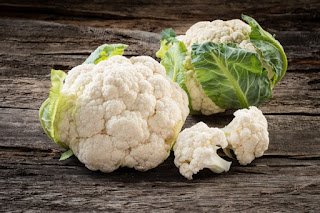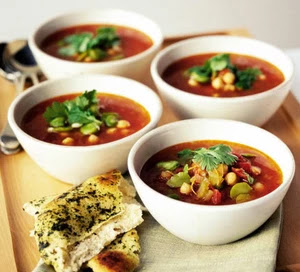It seems to have been a bumper year for acorns, the squirrels are loving them as well as their usual seeds and plant material.
However, in the New Forest, which is in Southern England, UK acorns can be a problem because for ponies and cattle large quantities of them can be poisonous. However, pigs can eat acorns without a problem and this is where, along with grazing, pannage is still an important part of the New Forest's ecology. Pannage always lasts at least 60 days, but the start date varies according to the weather – and when the acorns fall. "For 2020, pannage in the New Forest begins on Monday 14th September and has been extended to 21st December. This is due to a bumper crop of acorns across the forest.
The practice of pannage (also known as ‘Common of mast’) dates all the way back to the time of William the Conqueror, who founded the New Forest in 1079.
The pigs are released onto the forest to eat the fallen acorns, beech-mast, chestnuts and other nuts that are on the forest floor, which are poisonous to New Forest ponies and cattle! Each year, there are around 600 pigs and piglets that are released around the New Forest to make their way through all of the acorns and nuts.
Did you know that back in the 19th century, the number of pigs released for pannage was as high as 6,000? – That’s a lot of pigs!
There are quite a few different breeds of pigs that you will see on the forest, including Tamworth, Gloucestershire Old Spot, the British Saddleback and the Wessex Saddleback. All pigs must be fitted with a ring in their nose, which enables them to forage through leaf litter and other vegetation on the surface, but stops them from rooting into the ground with their snouts causing damage to the Forest.
Did you know that back in the 19th century, the number of pigs released for pannage was as high as 6,000? – That’s a lot of pigs!
There are quite a few different breeds of pigs that you will see on the forest, including Tamworth, Gloucestershire Old Spot, the British Saddleback and the Wessex Saddleback. All pigs must be fitted with a ring in their nose, which enables them to forage through leaf litter and other vegetation on the surface, but stops them from rooting into the ground with their snouts causing damage to the Forest.
Did you know that the New Forest is one of the only places left in the UK that still practices pannage?
Where can you see the pigs?
It’s difficult to specify specific locations, as they move around so much throughout pannage. However, you can often see them running through the quaint village of Bramshaw or around the popular Bolderwood. Burley is also a good place to see them at times. Most of the time, it’s down to luck if you do get to see them!
For their safety and your own, please do not approach the pigs (or any other animals in the New Forest) and do not try to feed them, they’ll have plenty of yummy food with all the acorns and nuts on the floor. Please also ensure that you keep dogs under control and on a short lead when near the pigs.
As well as looking out for the piggies, there’s lots of other things to do in the New Forest during the autumn months, like enjoying a relaxing stroll through the ancient woodland full of yellow, orange, red colours!" (Covid restrictions allowing)
For their safety and your own, please do not approach the pigs (or any other animals in the New Forest) and do not try to feed them, they’ll have plenty of yummy food with all the acorns and nuts on the floor. Please also ensure that you keep dogs under control and on a short lead when near the pigs.
As well as looking out for the piggies, there’s lots of other things to do in the New Forest during the autumn months, like enjoying a relaxing stroll through the ancient woodland full of yellow, orange, red colours!" (Covid restrictions allowing)
Words above and more here
Have you tried this recipe? Just 8g carbs per serving.
Provencal Pumpkin Tian
As regular readers know, this blog is presented in a magazine style - we hope something for everyone. You will find a variety of articles, studies, thoughts, photographs, music and recipes!
However, not all the recipes ideas featured in this blog may be suitable for you. If you may have any food allergies, or underlying health issues these must always be taken into account. If you are a diabetic and not sure how certain foods may affect your blood sugars, test is best, i.e. use your meter.
All the best Jan








































